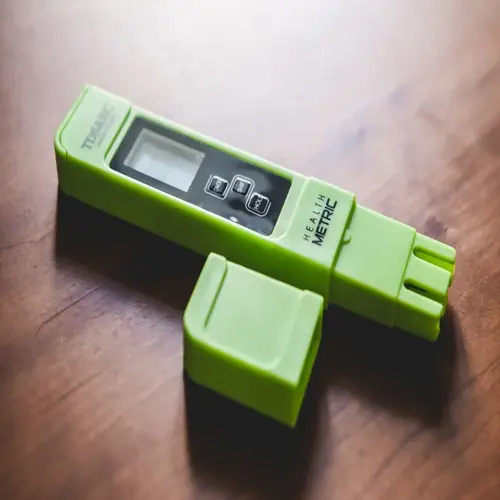What are dangerous ammonia levels in aquariums?

Written by
Susan Taylor
Reviewed by
Prof. Henry Webster, Ph.D.Ammonia poisoning is a silent killer in home aquariums that kills innumerable fish. This unseen toxin is produced from the waste and decaying food of fish. I witnessed the effects of ammonia influence when, one night, ammonia soared in my cichlid tank. Knowing dangerous limits is essential because ammonia burns gills and causes rapid damage to organs. Your fish's life is in your hands to help them see this danger and react accordingly.
At 0.5 ppm, ammonia causes irreversible gill damage in 48 hours. Fish gasp at the surface and move their gills rapidly. At this level, I saved my angelfish colony by making immediate 50% changes. Immediately stop feeding. Test every two hours until the level falls below 0.25 ppm. This quick response will prevent damage to the organs.
Lethal thresholds begin at 1.0 ppm, where 80% of the fish will die in 24 hours. Above 2.0 ppm, fish will die within hours. Goldfish survived 1.5 ppm for 72 hours with drastic remedies. Use products that neutralize ammonia, like Seachem Prime, on water changes. Increase aeration, as gills that have been damaged will not absorb oxygen.
Immediate Actions
- Perform 50% water change with dechlorinated water
- Add ammonia detoxifier (dose per product instructions)
- Stop all feeding for minimum 48 hours
- Increase aeration with air stones
Follow-up Measures
- Test every 2 hours until below 0.25 ppm
- Add beneficial bacteria supplements
- Clean filter media in tank water only
- Identify and remove ammonia source
Species Sensitivity
- Discus and clownfish show distress at 0.25 ppm
- Goldfish tolerate up to 1.0 ppm temporarily
- Shrimp and invertebrates die first at low levels
- Corydoras require near-zero ammonia levels
Sensitive fish such as discus begin to show distress at levels as slight as 0.25 parts per million. In delicate species, there will be clamped fins and loss of appetite before any visible effects show in the gills. My experience with breeding discus taught me that the ammonia levels must be kept under 0.1 ppm. Test the tanks daily, using reagents for accuracy in your readings, if you have sensitive fish.
Prevent ammonia spikes with proper maintenance. Clean filters monthly with care so that you don't kill off any good bacteria. Feed what your fish can eat in two minutes. Test the water in established tanks every week, and those that are newly started every day. I enjoy great success in my nice community tank, with continued use of the above regimen of prevention.
Learn to detect early signs of action before it is too late. Fish flashing against objects indicates irritation in the gills. Reddened gills indicate inflamed or burned gills due to ammonia. When you see these signs, test your water immediately. Your quick actions can save your fish family from disaster.
Read the full article: 7 Essential Aquarium Water Testing Tips
